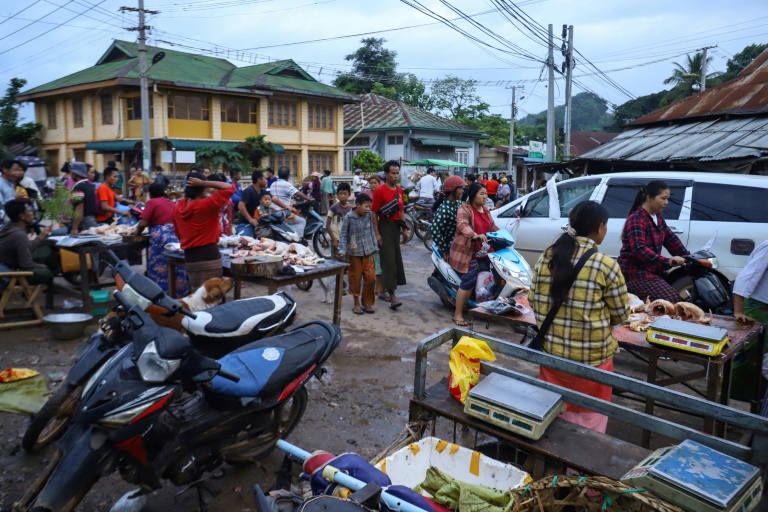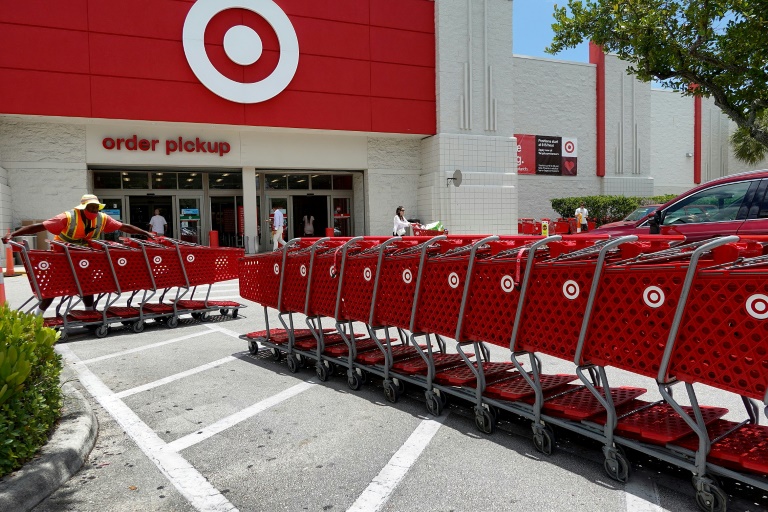DESPITE Temasek’s one-year portfolio returns being dragged down by China’s market performance, the world’s second-largest economy remains firmly on the state investor’s radar screen.
Temasek said that it is readjusting its portfolio to focus on the country’s domestic markets.
It will also expand its investments in Japan as well as South-east Asia, US and Europe. On the Singapore front, it will continue to work with its portfolio companies to improve their performance, Temasek told The Business Times (BT).
The annual review of its results, which was released on Tuesday (July 9), covers Temasek’s performance overview, performance highlights, as well as its group financial summary for the financial year ended March 2024.
Temasek posted a net portfolio value (NPV) of S$389 billion for FY2024. After marking its unlisted portfolio to market, the NPV stood at S$420 billion, up S$9 billion from the year before.
China’s investment opportunities
Chia Song Hwee, the deputy chief executive officer of Temasek, said that as the second-largest economy in the world, China “cannot be ignored”.
SEE ALSO
BT in your inbox

Start and end each day with the latest news stories and analyses delivered straight to your inbox.
“We still believe that China has investment opportunities, but we have to recognise that it is a more mature economy now than the high-growth one which we have experienced in the past few years,” he told BT.
To that end, Chia said that Temasek would focus on companies that would benefit from domestic demand and less on exports that could be affected by tariffs and political tensions.
This would cover companies that focus on areas like biotech, robotics that aid in the automation of various industries, as well as the electrification and electric vehicle (EV) value chains.
“We hope that with the reshaping of our portfolio plus the drop in market value that has already occurred, the downside (in the China returns) will be moderated,” he said.
Alpin Mehta, the head of real estate at Temasek, added that Temasek will maintain a “cautious approach” and continue to monitor the Chinese government’s policies this year.
Japan and India
Meanwhile, Temasek has increased its exposure in Japan from near zero a few years ago to about 1 per cent, based on the exposure of its portfolio now. This figure is expected to grow, said Mehta.
Japan continues to benefit from its recent corporate governance reforms, as well as secular and cyclical factors.
Temasek said it expects India’s growth to be driven by infrastructure-led capex and private consumption. It sees more opportunities in India’s consumer, healthcare and financial services sectors.
South-east Asia
Mehta said that South-east Asia is expected to be one of the fastest-growing regions in the coming decade, and Temasek intends to “scale up” its exposure in the region.
Temasek’s near-term outlook for South-east Asia remains positive.
“There is resilient domestic demand and an upturn in the global manufacturing cycle and tourism economy,” he said.
Over the medium-term, Temasek remains “constructive” in the region, and it sees continued structural reforms in a number of South-east Asian markets.
This has helped to reduce supply side constraints, create more open and competitive markets, and improve productivity.
The region is well positioned against the backdrop of rising US-China tensions and supply chain diversification, said Mehta.
US and Europe
Between 2014 and 2024, Temasek doubled its exposure to the Americas, from 10 per cent to 22 per cent. Similarly, it has also increased its exposure in Europe, the Middle East and Africa from 8 to 13 per cent.
Temasek said that the US will continue to be the largest destination for its capital.
Going forward, Temasek will focus on investing in Artificial Intelligence (AI) enablers and adopters, as well as businesses benefitting from US industrial policies.
On whether the upcoming US elections in November this year would affect its portfolio, Png Chin Yee, Temasek’s chief financial officer, said that regardless of who wins, Temasek believes it will be able to find suitable opportunities given that the US is a “deep market” driven by innovation.
Mehta said that Temasek also sees opportunities in Europe, especially in green transition and leading global companies.
The state investor recently opened its Paris office in April of this year, marking its third office in Europe after London and Brussels. Temasek had previously said that it plans to invest S$20 billion to S$25 billion in the Europe, Middle East, and Africa region over the next five years.
Singapore
Singapore makes up 27 per cent of Temasek’s portfolio in terms of underlying assets.
Temasek said that Singapore’s open economy is expected to benefit from external growth and a continued recovery in the global goods cycle, although geopolitical events and disruptions in global trade and supply chains pose risks.
On whether Temasek was concerned that the underperformance of Singapore’s public market would affect its portfolio returns, Chia said that Temasek will consistently engage across all companies, whether or not they are based in Singapore, to enhance shareholder value.
He said that Temasek can no longer rely on “big, macro tailwinds” to generate good returns.
“We have to work really hard at an asset by asset level to generate returns,” he said.
Chia said that Temasek believes there are some Temasek portfolio companies that could have “larger ambitions” and will engage them to enhance returns.
To that end, Temasek has supported some of them in their corporate actions. For example, Sats’ acquisition of global air cargo logistics provider Worldwide Flight Services turned Sats’ business from a regional to global one, said Chia.
That said, Chia added that Temasek does not drive initiatives at these companies.
“Of course we give our views and thoughts on where the opportunities are and how they can think about things. But it is really up to the management and the board to decide what to do,” he said.
On how Temasek plans to improve its returns on its Singapore portfolio, Chia said that every company faces different challenges and opportunities, and it is very hard for all portfolio companies to grow together.
This is unlike two decades ago, where the “whole world (was) moving in unison” and growing.
Chia said: “Those days are over. We need to work a lot harder, a lot more bottoms up in order for us to generate returns.”






